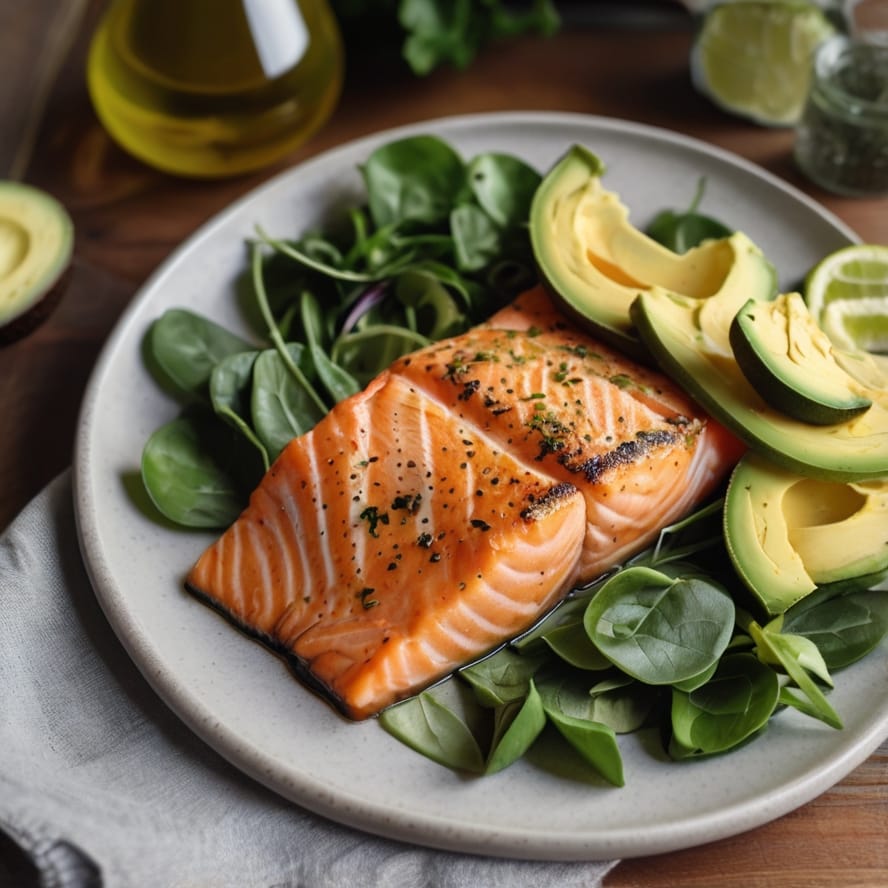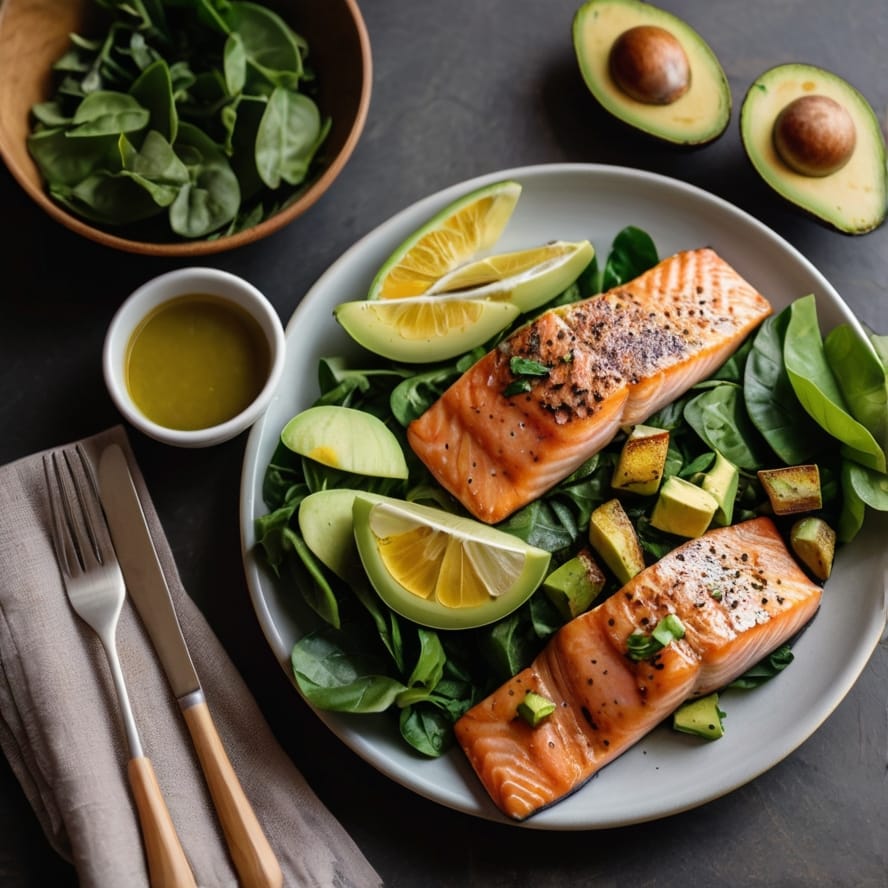Starting the keto diet can seem overwhelming at first, but with a few simple steps, you can ease into this high-fat, low-carb lifestyle with confidence. The key to success is a gradual transition into ketosis, where your body shifts from burning carbohydrates to fats for fuel.
If you’re new to keto, make sure to check out our comprehensive article on the Keto Diet Meaning for an in-depth understanding of this dietary approach.

Table of Contents:
- What is the Keto Diet?
- Step 1: Reduce Carbohydrates
- Step 2: Increase Your Fat Intake
- Step 3: Balance Your Protein
- Step 4: Stay Hydrated and Manage Electrolytes
- Step 5: Easy Meal Ideas to Kickstart Keto
- Common Mistakes to Avoid
- Conclusion
What is the Keto Diet?
The ketogenic (keto) diet is a low-carb, high-fat plan designed to shift your body into a metabolic state known as ketosis. In this state, your body burns fat instead of carbohydrates for energy, helping you lose weight while boosting mental clarity and energy levels.
For more details, refer to our article on Keto Diet Meaning and explore our Baking Tips to find keto-friendly alternatives to everyday recipes.
Step 1: Reduce Carbohydrates
The first and most crucial step to starting the keto diet is significantly cutting down on carbs. Carbs should make up only 5-10% of your daily caloric intake, meaning fewer than 50 grams of carbs per day for most people.
Instead of thinking about what you can’t eat, focus on what you can enjoy:
- Leafy greens like spinach and kale
- Non-starchy vegetables like cauliflower and zucchini
- Healthy fats like olive oil, butter, and avocados
Cutting carbs puts your body into ketosis faster, where it begins to use fat as its primary energy source. (Check out more details on Healthline’s low-carb guide).

Step 2: Increase Your Fat Intake
Once carbs are reduced, you’ll need to replace them with fats. Fats should make up 70-75% of your total daily intake. Good sources of fat include:
- Avocados
- Fatty cuts of meat like beef and pork
- Olive oil, coconut oil, and grass-fed butter
- Nuts and seeds
Fats are the cornerstone of the keto diet, providing sustained energy. Consuming enough healthy fats also helps curb hunger.
Step 3: Balance Your Protein
While protein is essential on the keto diet, it’s important not to overconsume it. Protein should make up about 20-25% of your daily intake. Too much protein can interfere with ketosis, so opt for moderate portions of:
- Eggs
- Poultry
- Fish like salmon and tuna
By keeping your protein intake moderate, you allow your body to focus on burning fat for energy rather than converting excess protein into glucose.

Step 4: Stay Hydrated and Manage Electrolytes
A keto diet can have a diuretic effect, meaning you might lose more water and electrolytes in the beginning. Staying hydrated is key, and so is maintaining your sodium, potassium, and magnesium levels. You can do this by:
- Drinking enough water (at least 8-10 glasses per day)
- Adding sea salt to meals
- Eating foods rich in potassium like avocados and leafy greens
By doing that, it will help you avoid the “keto flu,” which show temporary group of symptoms like fatigue, headaches, and irritability that some people experience when starting the diet.
Step 5: Easy Meal Ideas to Kickstart Keto
Getting started with the keto diet doesn’t have to be complicated. Here are some simple meal ideas to ease you into the lifestyle:
- Breakfast: Eggs scrambled with spinach and cooked in butter, topped with avocado slices.
- Lunch: Grilled chicken with a large salad dressed in olive oil and a side of cheese.
- Dinner: Steak or salmon with a side of sautéed broccoli or cauliflower rice.
For more low-carb ideas, our article on Low-Carb Bun Recipes for Keto Dieters offers great bun alternatives that fit the keto lifestyle.
Common Mistakes to Avoid
Starting the keto diet can be overwhelming, but avoiding these common mistakes can help ensure a smoother transition:
- Not eating enough fat: Fat is your main energy source—don’t skimp on it.
- Overeating protein: Too much protein can throw you out of ketosis.
- Not managing electrolytes: Failing to replenish lost sodium, potassium, and magnesium can lead to keto flu.
- Focusing too much on processed keto foods: Stick to whole, nutrient-dense foods to get the most benefits.

Conclusion
The easiest way to start the keto diet is by gradually reducing your carbohydrate intake, increasing healthy fats, and balancing your protein intake. Stay hydrated, manage your electrolytes, and use simple meal ideas to get into ketosis and enjoy all the benefits the keto diet has to offer. Also with a little planning and patience, you’ll find that this diet can be both satisfying and effective for weight loss and improved health.

